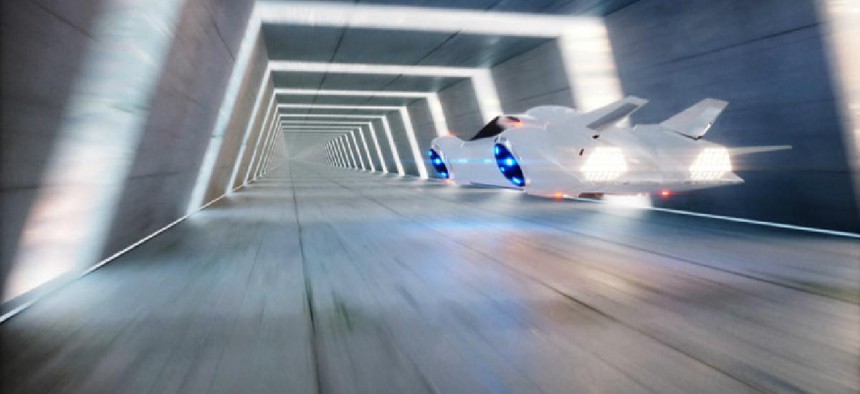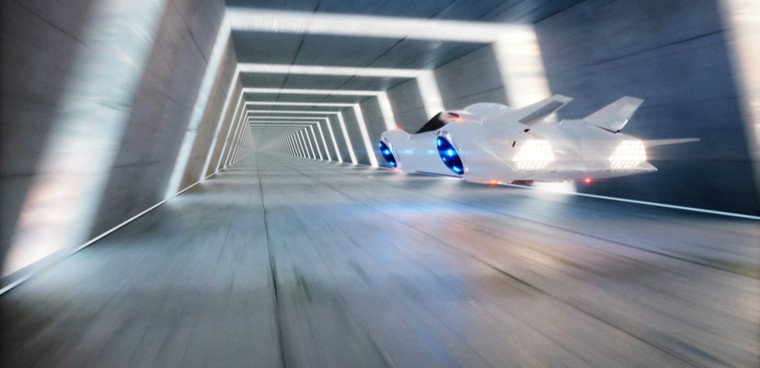Agile software and flying cars top Air Force acquisition priorities

Will Roper, the Air Force's acquisition head is pushing for a new flying car project and massively scaled agile software development processes across the service.

The Air Force has flying cars -- and agile software -- on its mind.
Will Roper, the Air Force's acquisition head is pushing for a new flying car project with the Air Force Research Laboratory called Agility Prime -- an idea he's been "socializing" with the White House and inside DOD.
The program, which is set to start later this year, will have a "spectrum of options" to address various problems and will include smaller vehicles, special aviators, and addressing logistics challenges, such as moving meals, ammo and weapons.
But besides developing sci-fi worthy tech, the Roper hopes the program gets acquisition professionals to think outside the requirements box and more about how to fit in with the U.S. commercial space, Roper told reporters during the Air Force Association's Air, Space Cyber Conference Sept. 16.
The Air Force now has 31 software factories, including the popular Kessel Run unit, and Roper said the growth is proof the agile software development strategy is essential. That's particularly true with ALIS, the Air Force's Autonomic Logistics Information System, which puts F-35 maintainers with Kessel Run coders to comprise what's known as the Mad Hatter software unit.
"I think that the Mad Hatter initiative has definitely demonstrated to the point of victory that you've got to do agile software -- there's no choice," Roper told reporters.
Roper said the Air Force will make an update regarding the future of ALIS and Mad Hatter partnership in the next four to six weeks, including whether they will continue to be separate entities.
Roper, who has been a huge proponent of rapid prototyping, harped on the possibilities of the combination of existing technologies and concepts that he dubbed a "digital holy trinity" -- agile software, open architecture and digital engineering.
"I've looked at a lot of technologies in defense and I've seen some amazing things," Roper said. "Nothing has been as exciting to me as this confluence of agile software and open architecture and digital engineering -- nothing."
Roper said the trinity is "the first thing I've seen that looks like a better spear-making process, much faster, much more agile."
Being able to digitally design and plan sustainment for aircraft or satellites that don't yet exist, he said, will translate to faster modernization and acquisition practices. Roper was talking big picture and futuristically and did say it will take time before he has a more solid example he can walk through. But while results won't be imminent, he said they will be worth the risk.
"We're down to two maybe three companies that can build a high-performance tactical aircraft," Roper said, "So if we don't change the dynamics of our programs, we're in danger of collapsing from two to one."
NEXT STORY: Will DOD's new cyber rules crush small business?



